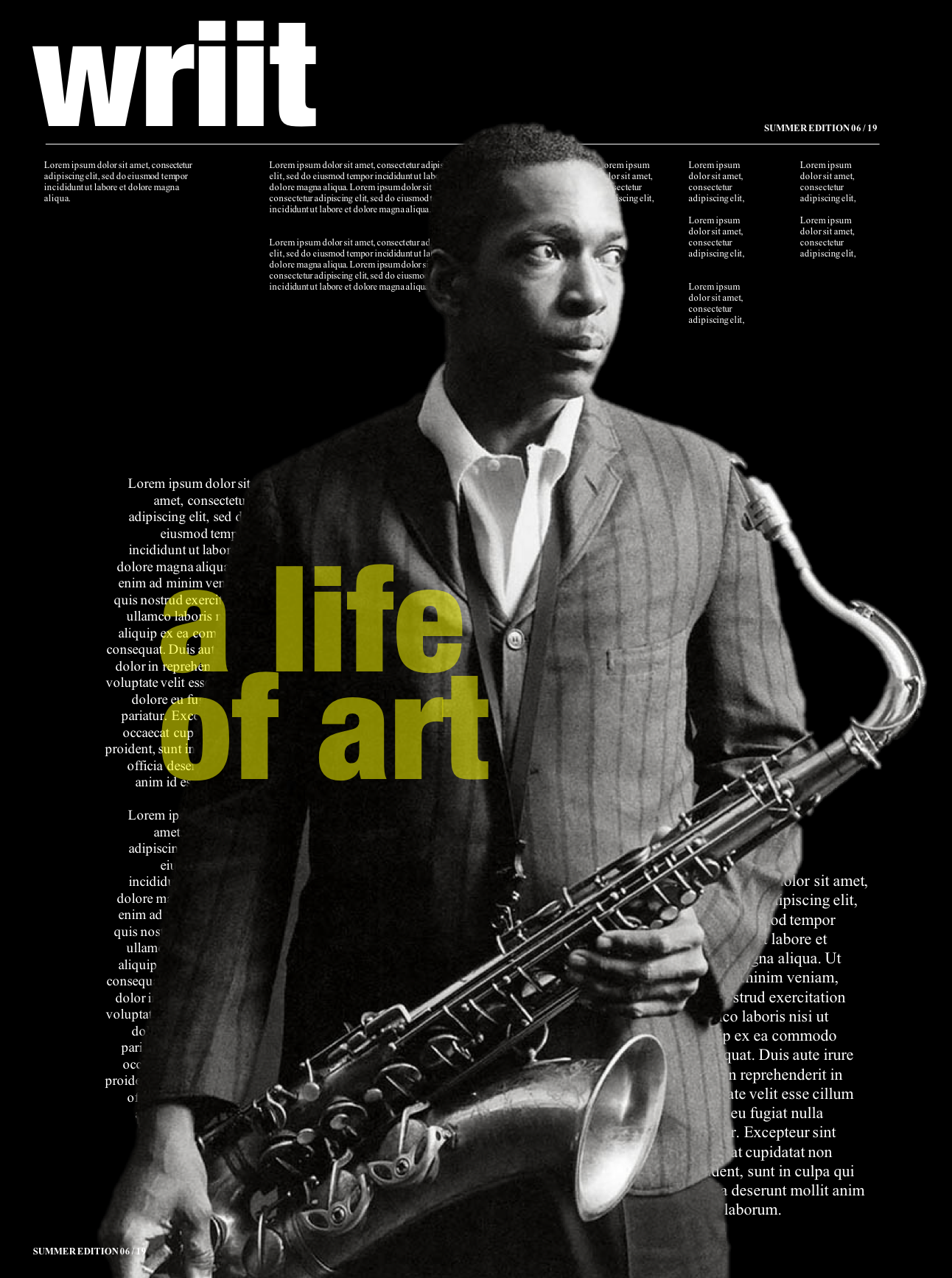Sure, you’ll get jealous of your friends and coworkers now and then. But you don’t have to just sit there and stew.
I used to proudly broadcast that I wasn’t a jealous person. “I’m confident, successful, and happy,” I’d think to myself, while flipping my hair over my shoulder and batting my eyelashes (not really, but you get it). “I have no reason to be envious of anybody!” But, then I quickly realized I was only lying to myself.




